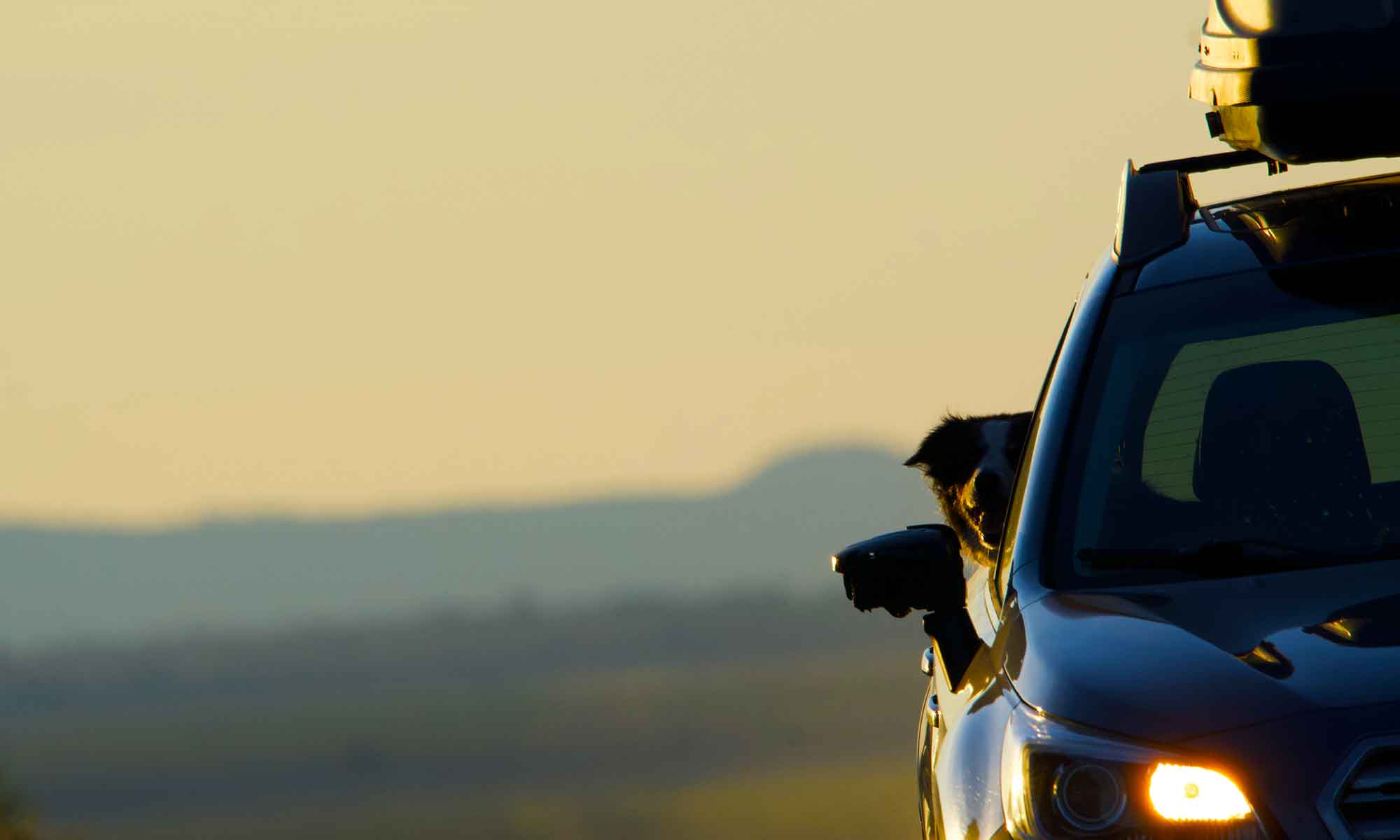
Our fishing adventures are not season dependent. We’re on the stream all times of the year. However, there are some aspects of fishing early summer that add to the enjoyment. Prolific bug hatches bring dry fly fishing and that is the best.

Now there are aquatic insects constantly crawling, or swimming, regardless of season, weather, or temperature.
As temperatures rise, insect activity increases. In summer the hatches are more frequent often bigger bugs and peak dry fly season is here.


The zenith, in our area, is the Salmon Fly a large stone fly hatch on the Deschutes river. Closer to home is the “mother’s day caddis” a prolific hatch at the end of May (thus the name).
This event brings the Crooked River out of winter’s quiet crowd-less days and into a near fishing derby atmosphere. Venture up there on a weekend to find every pull-out and camp site is filled with rod vault festooned trucks. The river is littered with wader covered bodies thrashing flylines on the water.

We manage to avoid most of this nonsense by hitting the stream mid-week, though there are still above average crowds. In a few weeks the Crooked’s banks will quiet down, but for most of June it’s game on.

There is clearly sport found in swinging nymphs and cold weather isn’t the limiting factor. Fish are always feeding and fisherman find success in sub-surface presentations. The biggest catches are typically taken on nymphs or streamers drifted through feeding lanes.

That said, there is nothing that compares to fishing over a hatch. Floating an imitation along the top of the water, waiting on a flash of silver, the reaction to hook set, and the rod bending to the fight. It’s just more exciting to take fish on a dry fly. Thus we are here, sharing the river with too many hatch seekers and shrieking with joy even at the strikes we miss.
















 A weathered sign board in a dusty parking area with a single flat metal post designates the trailhead. There is only a bit of shade offered by a single pine tree. A gentle incline, covered in sage and native grasses, sits below basalt cliffs marking the wilderness areas outer edges. The cacti we’re looking for may be scattered along this hillside and we assume, after the trail crests the cliff, though we’ve not hiked that far up.
A weathered sign board in a dusty parking area with a single flat metal post designates the trailhead. There is only a bit of shade offered by a single pine tree. A gentle incline, covered in sage and native grasses, sits below basalt cliffs marking the wilderness areas outer edges. The cacti we’re looking for may be scattered along this hillside and we assume, after the trail crests the cliff, though we’ve not hiked that far up.

























 At the first switch back there’s a short hike loop that runs along the canyon edge and offers spectacular views up and down the valley.
At the first switch back there’s a short hike loop that runs along the canyon edge and offers spectacular views up and down the valley.



















